21 Comments
4/21/2017 17:19:51
A very thorough review of the OMDii. Just confirmation that this is the right gear for my shooting. I am sensing that shortly I will ge all Olympus as well. Good job Scott.
Reply
Scott Bourne
4/21/2017 19:45:25
Thanks Dave.
Reply
Mark Washburn
4/21/2017 18:19:41
Of all the subjects I shoot, I end up being drawn mostly to birds. If someone shoots landscapes, and more static things, you can get by with a lot less. Heck the original EM1 is great for almost anything. You can say that about so many cameras. But for birds it can be a different story. And you need reach usually too. All that said, this is the most I've ever spent on a camera body, and come to think of it the most I've spent on a long lens (300 F4). It's been worth every penny in my book. My equipment prior to this was simply not as fast or accurate, not as long reaching, and certainly much heavier to lug around. What tripped the trigger for me was that I could finally get into a truly capable package, that was somewhat expensive, but nothing close to the big canons. I could pick up a 7DII body, but I'd still spend a ton on the lens. Everything I have can now fit into a backpack. It's light, nimble, capable, and got into a price point I could afford. So it's been a perfect fit for me.
Reply
4/21/2017 19:24:47
great and honest review. I just picked up a new OM-D MKII 40-150/2.8 and 300/4 lens. I have not picked up the tc1.4 yet.
Reply
Scott Bourne
4/21/2017 19:47:16
Thanks Steven I use CAF w/ Tracking most of the time for birds in flight or not. I set all points active against a blue sky. I use mechanical shutter at 10FPS because in my tests this delivers the best AF and it's plenty fast enough. I don't like using back button focus but I know many people do. It is possible with this camera. Thanks for your comment.
Reply
Thomas Emmerich
4/21/2017 20:39:14
Thanks for the review Scott. I value your opinion more than most. I'm currently evaluating the trade-off between the GH5 and EM-1 MKII. I'd like to get one or the other. I like to shoot sports (soccer and swimming) as well at live theater events. I shoot both stills and video of all of it. What is the better trade-off? My bias from everything I've been reading is the GH5 would be better for shooting live video events but the EM-1 MKII would be better for the sports. I haven't tried either camera but have experience with Olympus EM-5 MKII (own it) and GH4 (rented it once). The GH4 is much more of a pleasure to use for video than EM-5 MKII.
Reply
Scott Bourne
4/21/2017 21:50:46
Thanks Thomas I have four months worth of experience shooting with a production OMD EM1 MK II and only about 40 minutes of shooting with a pre-production GH5 so I really can't offer a scientifically sound opinion. But simply based on my empirical evidence I can say that you will have to decide which is most important - stills or video. If you want a video camera the GH4/GH5 is the best choice although Olympus has made great strides in this regard. If your focus (pun intended) is stills shooting, particularly action (such as sports) you will want the OMD EM1 MK II which has superior tracking AF. I think both companies have mapped out their positions in this space quite well. Olympus is the superior stills camera and can make good video. The Panasonic is the superior video camera and can make good stills. There is no simple answer for folks who need both. If you have to shoot sports regularly I would suggest getting the OMD EM1 MK II for that job and buying a used GH4 which is still an amazing video camera and now very affordable since the GH5 is shipping. Best wishes.
Reply
4/23/2017 16:22:16
Thank you for a nice review! I have been following your work in Alaska on Facebook recently, which was a real treat!
Reply
Scott Bourne
4/23/2017 17:00:58
You are welcome Lars and thanks for the kind words. I used the top-of-the-line San Disk Extreme Pro card - http://amzn.to/2pSDg7p - I shot RAW. I shoot at 10FPS mechanical shutter and I very rarely found the buffer to be a limitation when capturing images. I wish that there were a way to review images while the cam is writing to the buffer but otherwise found no limitations in my personal shooting.
Reply
Excellent long term usability report on the E-M1 II. I just got my 2nd Mark II and will now sell my D500 and go strictly Olympus for safaris and BIF. I think that your review may be the 1st to indicate that your BIF general preference is to use the C-AF with tracking. I too find that this can work quit well probably due to the 4-core focusing processor. Did you notice that when the tracking is about to fail that the green box sometimes turns orange? I use this as the cue to pump focus to reacquire the green lock-on box. I have chosen to use Focus Priority as it saves me time deleting the softest images in the burst sequence. I have also been using the electronic shutter at 10 fps and see no rolling shutter problems with BIF. The firmware in the Mark II also allows the lever position 1,2 to save paired sets of AF Type (C-AF, C-AF+ tracking, etc) combined with AF pattern (single point, cluster, all points). These paired sets are easily saved to the custom C1-C3 custom set ups. Thus, I can be on S-AF+ MF adjust when the bird is inside the bush then flick the lever from 1 to 2 position to get C-AF + Cluster pattern when the bird jumps into flight. I couldn't get the Mark 1 to save these paired set to the lever position.
Reply
Scott Bourne
4/28/2017 15:09:50
Hi Jon thanks. Yes I have written on the various Olympus FB pages about the need to bump the focus. It is key to a higher keeper rate.
Reply
Scott Bourne
4/29/2017 17:25:54
Hi Dean thanks. I have gotten used to the touchiness of the shutter button since writing that review and I am very familiar with back button focus. I have used it before but I am the rare duck who just doesn't enjoy that method - even though I know it's useful for many.
Reply
Sasha
7/16/2017 21:46:58
Hi Scott, great post and really interesting to learn you have switched fully to Olympus. I recently made the same switch and just spent 2 full days testing the autofocus of the omd em1 ii while shooting puffins in flight. The camera was great at acquiring focus for the first frame but was terrible at maintaining focus on the puffins in flight. I tried both with the lock-on tracking and the lock-on tracking off. Having done some research now, I am learning that I should have used the low high speed shooting setting for better AF. I even tried adjusting the loose and tight tracking setting but found that it had minimal impact on the tracking at night frames per second. Some reviewers have said that not having lock-on tracking on is better than having it on. Has that been your experience? Is there a setting you would recommend for fast moving (towards you) setting for the camera? Puffins are like erratic high speed canon balls when they fly towards you. Thanks for your feedback.
Scott Bourne
7/16/2017 21:53:23
Hi Sasha I have recently written a blog post that will soon be published by Olympus that should be helpful - it's too long to leave here as a comment. Basics are 10 FPS manual shutter, AF set to tracking AF loose + 2 (not for all situations but generally good) and number of AF points active depends on background - clean background all 121 - busy background one AF point - somewhere in the middle five points. Learn to bump the focus (Google that) and you can see from the results I posted here no problem tracking the eagle flying right at me after he left the perch. Thanks.
Sasha
7/16/2017 22:35:09
Thanks for the prompt response Scott. I would really appreciate it if you could post a link to that article on this comment chain as I have set up notifications. Looking forward to reading it. I wish I had read it before. Thanks again. I have many keepers from my shoot as well, but just found that each burst only had the first couple of frames in focus and then they got progressively worse until I bumped focus again. Would you have any sense of whether the Sony a9 does any better in that department. A different price-point and size (lenses) I know but I would consider it if it performed more reliably. Thanks again for your feedback.
Reply
Scott Bourne
7/16/2017 22:41:46
Hi Sasha the article hasn't posted yet but when it does I will link it here. I am not sure why you think what you do about bumping the focus. On the $6200 Canon 1DX MK II I had to bump the focus. It's not a contest to see how well the camera can perform without bumping the focus - it's about getting the sharp images. Constantly acquiring and re-acquiring focus is required of every single AF system on the market. While I have no experience with the A9 I haven't heard anything encouraging about that camera's AF. I think if you want the best AF money can buy you should shoot the Canon 1DX MK II - but then you have lots of price and weight penalties I wouldn't be willing to personally pay. I don't think it's worth the extra money and the penalty of super expensive and big/heavy glass to get that slight advantage. And if you look at the results I am getting from the OMD then you can assume that using my technique you could too. It all boils down to what you want to accomplish. I will list the article when it goes live here on the site. Best wishes.
Reply
Sasha
7/16/2017 22:57:26
Thanks for the feedback Scott. Will keep a lookout for your article and will work with the camera I have to see how I can get better. Was just curious about the other mirrorless camera that's claiming huge AF improvements. Thanks again :)
Brian
11/5/2017 07:39:23
Have you done any testing in low light? I shoot kids sports quite a bit and in daylight, the Mark ii looks like it will do the job but I am concerned with how it would handle lower light situations like night games under lights. I have been going back and forth between this and the d500. I have a couple cheaper oly lenses but not too much that I can't switch.
Reply
Scott Bourne
11/5/2017 16:06:57
Hi I am not a low-light shooter so I haven't done extensive tests but I regular go to ISO 1600 and sometimes 2000 with no problem because I use the one-click noise reduction in Macphun Noiseless. I suggest you rent the camera and test it for yourself. If you can use the 40-150 f/2.8 lens you may be able to save a stop on ISO.
Reply
ALBERT LINCOLN
8/2/2018 15:15:14
Hello. I have been trying to get sharp images out of moving bird flight and have followed the instruction and manual on the IS-S setings, etc. Would you mind sharing me your settings (IS, etc) to get sharp images... and how do you define sharp in your case? As i have got the autofocus locked and shot but when cropped more than 2x the images just softed away. Can you enlight me on this?
Reply
Your comment will be posted after it is approved.
Leave a Reply. |


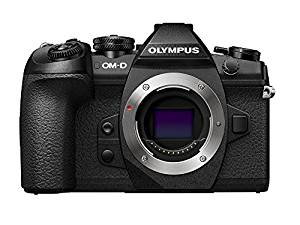
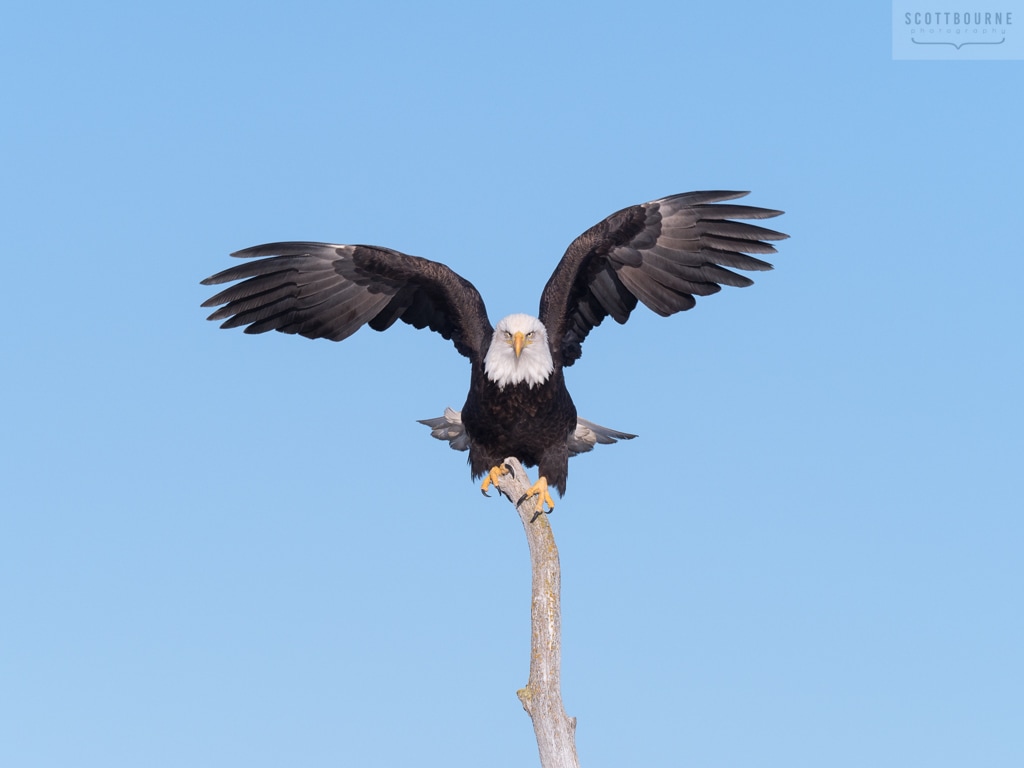
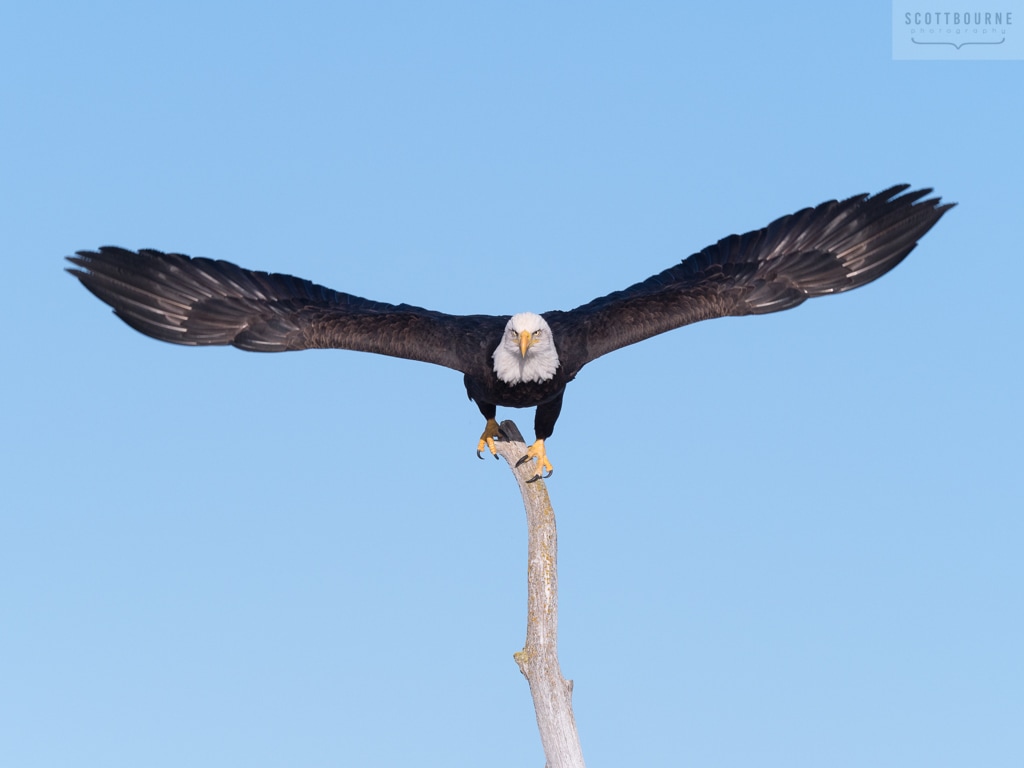
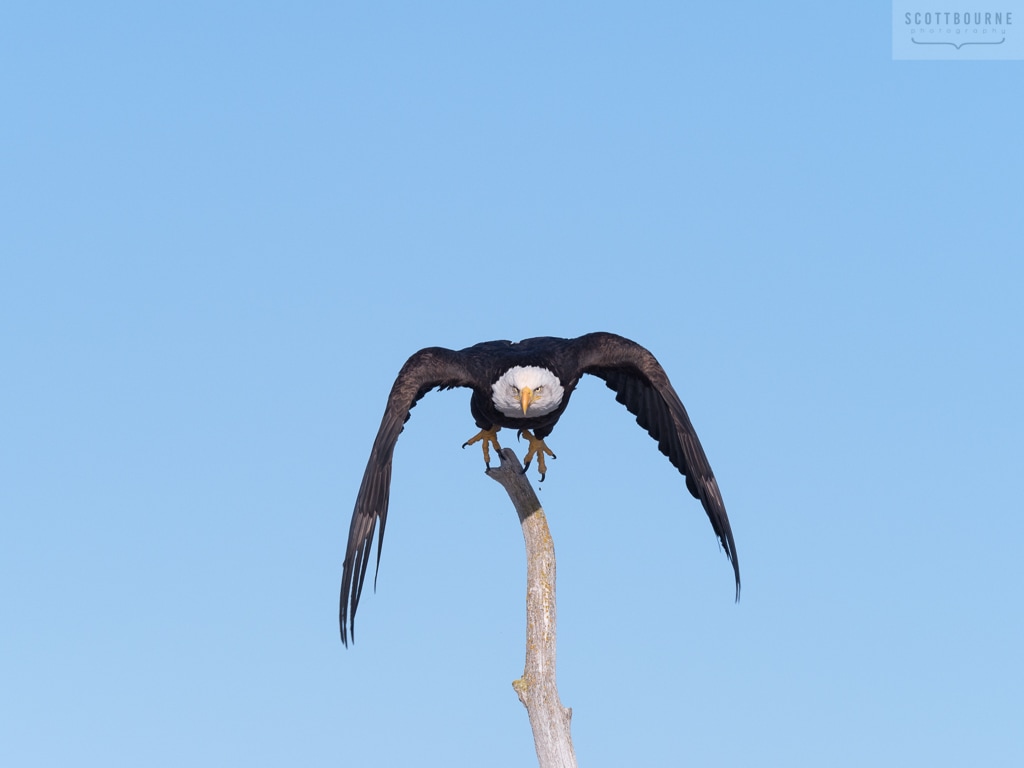
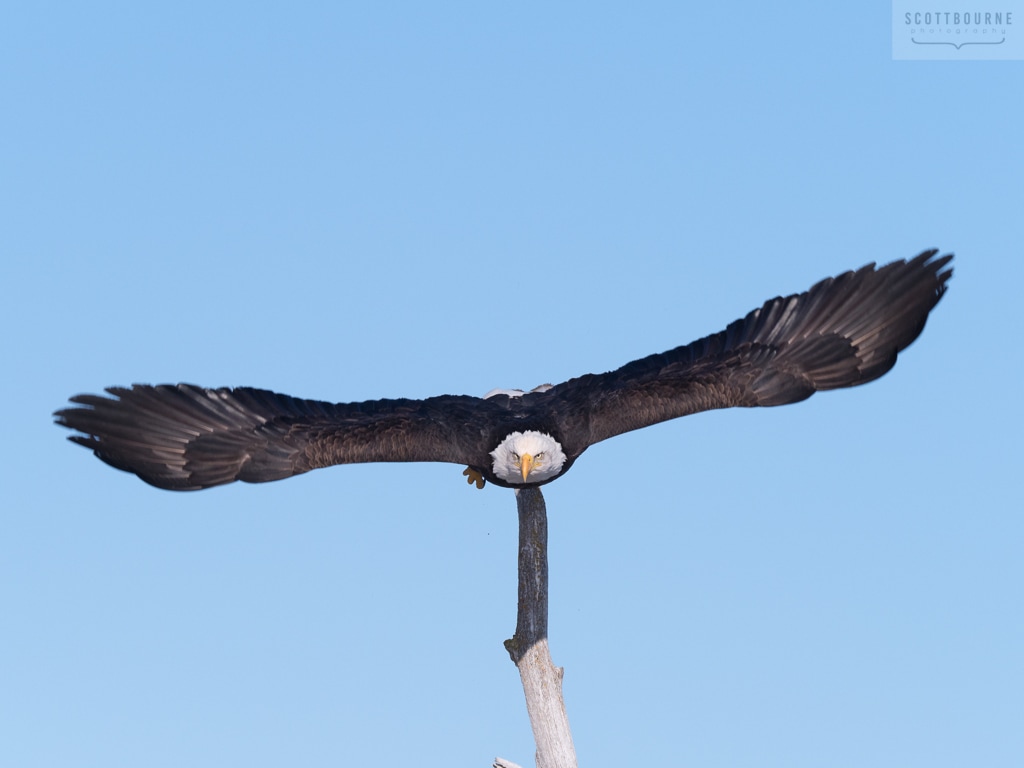
 RSS Feed
RSS Feed